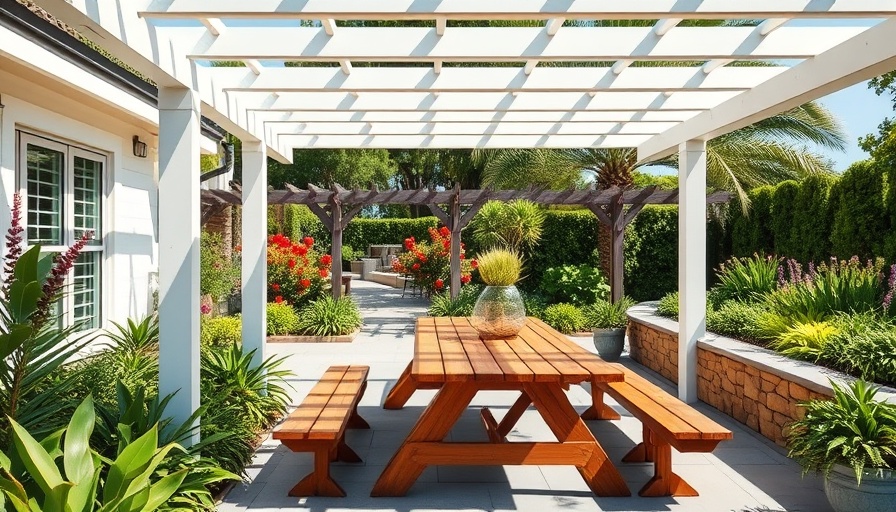
Transforming an Unusable Backyard into a Beautiful Garden
Many homeowners are often faced with the challenge of making the most out of their sloped or hard-to-tackle backyards. The journey of transforming an unusable space into a stunning garden scene not only enhances the aesthetic appeal of your home but also improves its functional capabilities. Inspired by a recent successful project that turned a steep backyard into a gorgeous garden, we’ll explore how homeowners in Metro Vancouver can undertake similar transformations.
In 'Unusable Sloped Backyard Becomes Stunning Garden', the transformation highlights key strategies for creating beautiful outdoor spaces, inspiring our analysis and insights.
Gathering the Right Tools and Team
Before diving into the project, it’s crucial to assemble the right tools and resources. Consider the expertise required for ground leveling and drainage installation, just as experienced professionals suggested. In our feature project, engineers ensured proper drainage for retaining walls, preventing future failures. It’s also a good idea to involve friends or family who can lend a helping hand—everyone enjoys the camaraderie found in working together to create something beautiful.
Building Your Backyard’s Foundation
Successfully installing hardscaping features—like steps, pathways, and retaining walls—is essential in making your backyard accessible and visually appealing. In the original project, concrete pavers were meticulously chosen to complement existing features like the pool's sandstone coping. Choosing materials that tie into your property’s existing aesthetics provides a seamless look and adds durability to your design.
Creating Functional Zones for Family Enjoyment
One essential aspect of turning your backyard into a vibrant space is creating areas dedicated to different activities. In the remodel, a pavilion was introduced for family gatherings, emphasizing the desire for social connection. Thinking about how each section of your garden can serve different purposes—be it entertaining, gardening, or relaxation—will maximize enjoyment while also adding value to your property.
Low-Maintenance Native Planting
For the garden space, integrating native plants like dianella and acacia not only beautifies your backyard but also supports local wildlife. These plants require less water and care, making them perfect for budget-conscious homeowners looking for an eco-friendly gardening method. Native flora can thrive with minimal intervention and will prosper in the local climate, providing sustainable beauty.
Celebrating with Your Community
Ultimately, transforming your backyard isn't just about aesthetics; it’s about building a space for connections and memories. The ground-breaking project showcased people reuniting over DIY efforts in a magnificent outdoor setting. Consider hosting small get-togethers or seasonal parties that bring neighbors together, fostering a sense of unity and communal joy. Your revamped yard could become the new social hub of your neighborhood!
The journey from an unusable backyard to a vibrant garden may require effort and planning, but the results are undoubtedly worth it. With inspiration drawn from successful transformations, Metro Vancouver residents can take pride in creating spaces that foster relaxation, interaction, and admiration in their homes.
 Add Row
Add Row  Add
Add 




Write A Comment